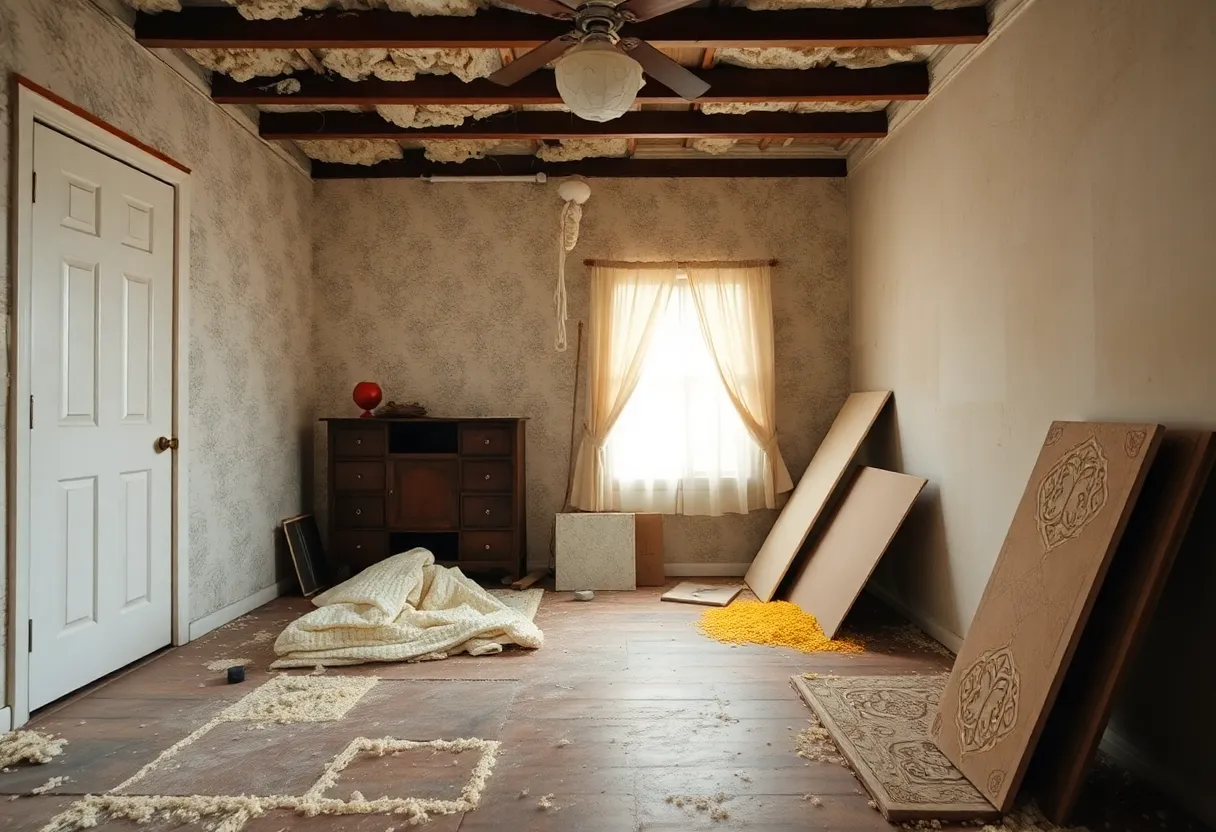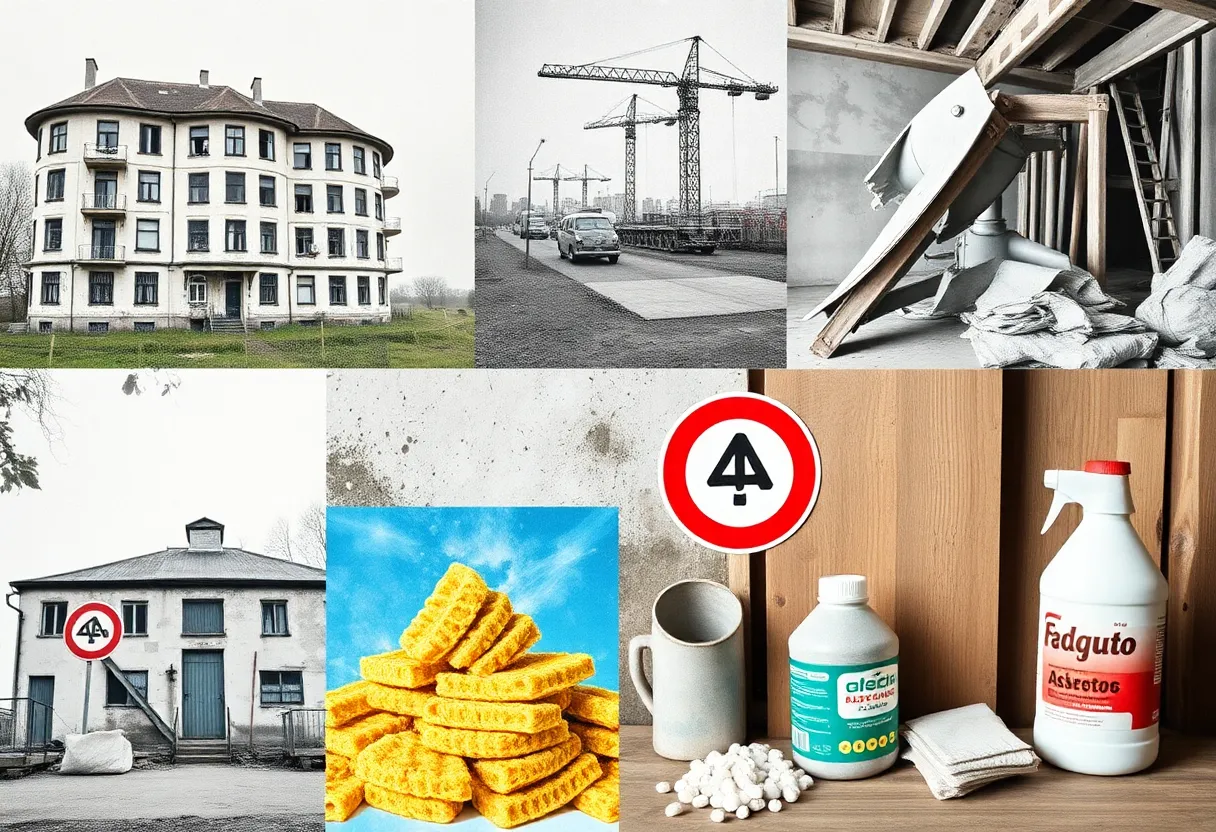News Summary
The demolition of Wittenoom, a former mining hub in Western Australia, has begun due to severe asbestos contamination. The extreme health risks, including over 2,000 deaths from asbestos-related diseases, highlight the tragic legacy of industrial negligence. While the town is being dismantled, concerns about accountability and cleanup responsibilities remain, as the state government faces criticism for inaction. The projected cleanup costs are substantial, with the contamination impacting community health and environmental safety.
A Dark Chapter in Australia’s History: The Demolition of Wittenoom
Once a bustling mining hub in Western Australia’s Pilbara region, Wittenoom has become a cautionary tale of industrial negligence and environmental health hazards. This infamous town was the epicenter of blue asbestos mining, a venture that began in the 1930s and continued until 1966, leaving behind a legacy paved with suffering and tragedy.
The Grim Reality of Asbestos Contamination
The state government has initiated the demolition of Wittenoom due to extreme asbestos contamination. Approximately three million tonnes of asbestos tailings remain scattered across the landscape, a haunting reminder of the deadly mining operations that have contributed to more than 2,000 deaths from mesothelioma and other asbestos-related diseases among former workers and residents. With the passage of the Wittenoom Closure Bill in 2022, authorities completed the eviction of the final residents, marking an end to human habitation in the area. Access to graves in the town’s cemetery will remain; however, no clear management plan has been established by the state government.
Efforts to Erase the Past
In light of the ongoing dangers, most main roads leading to Wittenoom have been permanently closed. Warning signs have been installed throughout the area to deter potential trespassers, who now face the risk of prosecution. Demolition crews are actively dismantling the remaining structures, with all demolition materials slated to be buried on-site. While the state government acknowledges the contamination issues, they have not committed to a comprehensive cleanup plan, citing significant technical challenges which render remediation of the contamination site’s footprint—spanning approximately 46,000 hectares—technically improbable.
Calls for Accountability and Action
Frustration looms large among former residents and indigenous leaders as the government grapples with cleanup responsibilities. Maitland Parker, a local elder, has expressed disappointment over the lack of consultation in addressing the aftermath of the asbestos mine, calling for significant cleanup efforts to enable Indigenous people to properly care for their land. Meanwhile, Robin Chapple, who suffers from asbestosis, has implored the government to take decisive action in the removal of remaining asbestos.
The Stigma of Past Practices
Historically, Wittenoom became Australia’s sole supplier of asbestos during the 1950s, with the mine’s tailings—dark blue and silk-like—widely utilized in various construction projects. This negligence has wreaked havoc on community health, demonstrating the long-term impacts of inadequate safety measures. A parliamentary inquiry in 1994 suggested that mining companies should bear the brunt of cleanup responsibilities; however, there remains contention between these companies and the state government regarding accountability for the tailings dump.
The Financial Toll of Cleanup Efforts
The projected costs for cleanup range significantly, estimated between $100 million to $600 million. Notably, efforts led by the Asbestos Disease Society of Australia (ADSA) seek to stimulate global competition for plans to address the urgent cleanup needs of Wittenoom. Observers note that contamination has spread beyond the designated management area, raising concerns about public health and environmental safety in surrounding regions.
A Legacy of Negligence
As future iron ore mining operations are contemplated in nearby areas by companies with historical ties to the asbestos mining activities, the legacy of Wittenoom serves as a stark reminder of the ramifications of prioritizing profit over safety. As authorities grapple with the contamination that has plagued this site for decades, Wittenoom stands as a somber symbol of negligence with lasting impacts on both the environment and human health.
Deeper Dive: News & Info About This Topic
HERE Resources
Understanding Mesothelioma: Justice for Victims and Their Families
Old Spice Talcum Powder Lawsuits Heat Up: Victims Seek Justice
Roofing Contractor Faces Penalties for Asbestos Safety Violations
Major Asbestos Inspection Failures in NYC Schools Exposed
Library Board Meeting Sparks Controversy Over Renovation Plans
Tragic Tale of Asbestos Exposure: Vintage Train Engineer Awarded £495,000
Family Appeals for Witnesses Following Tragic Mesothelioma Diagnosis
President Trump’s Confounding Tariff Strategy: Asbestos and Wittenoom in Focus
Controversial Proposal to Reintroduce Asbestos Throws Australia into Debate



















